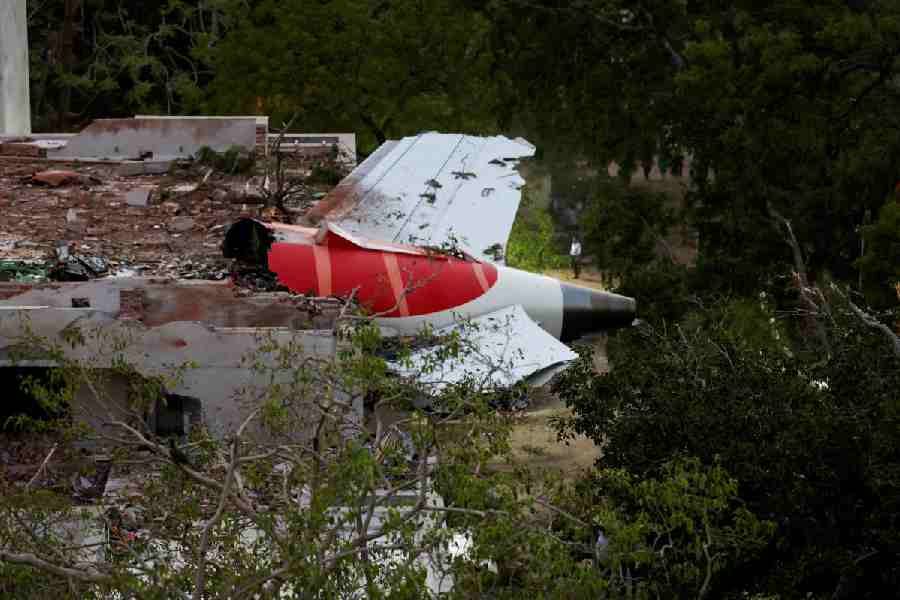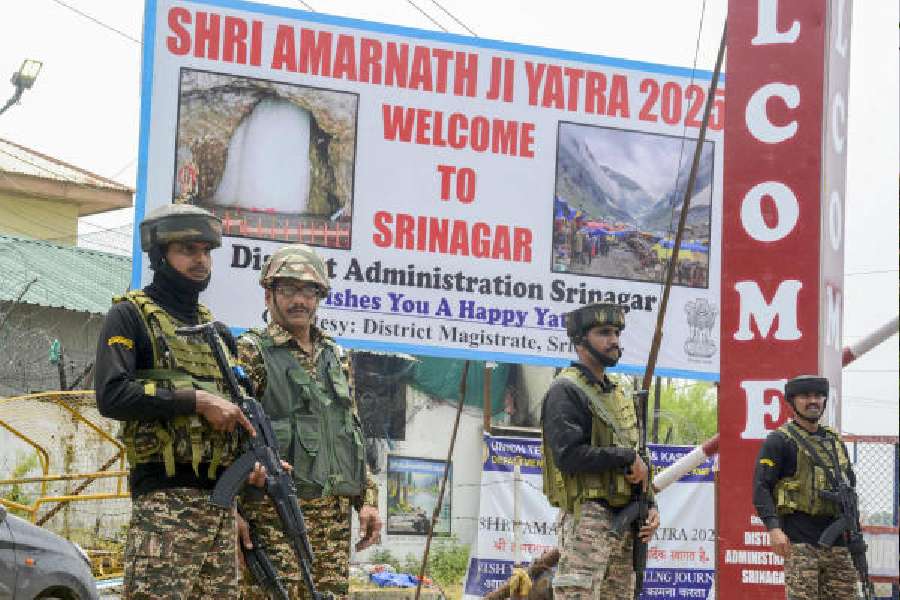



During the monsoons, when the Nor'westers take their annual stroll through the corridor of northeastern and eastern India, the grumble of thunder gives people the shivers. While most of us run for cover - and occasionally and tragically, suffer their wrath - there are some who will seek them out.
The Kolkata Cloud Chasers, or KCC, belongs to the second category. Its members are all from a variety of trades and interests, bound by a common passion for clouds and storms.
The way it works, each of them has a distinct identity within the club. Abhishek Saigal is known as Thunderman - he runs a business of manufacturing fly ash bricks and rods; Indranil Kar aka Albatross is owner of an adventure tour operating company. Freelance debt management consultant Joyjeet Mukherjee is Boltanator; professional photographer Diganta Gogoi is Hellboi; Krishnendu Chakraborty aka Zeus works as a senior marketing executive; Debarshi Duttagupta aka Roadrunner is the managing director of a pharmaceutical company; engineer Suman Ghosh is Goodboy, and Chirasree Chakraborty, who is in the publishing business, is Phoenix.
If you imagined them running wild, eye on sky, you couldn't be more wrong. Their cloud chasing vehicles are called Storm and Cloud Intercept Fourwheelers, basically SUVs fitted with hi-tech GPS and radios. "We do fact-based data-driven chases," explains Krishnendu.
They have their own cloud lingo as well. Says Debarshi, "Brontius is the Greek god of thunderstorm. When we say 'Bronty aa gaya hai', it means a big thunderstorm is coming."
It all began in 2005, when Debarshi started a group called Kolkata Photographers Club on the social media website, Orkut. "I would post pictures of clouds," says Debarshi.
When KCC was formed, passion was in cloud photography and the frames were shared amongst themselves. Then someone suggested they start spreading a message. "But we had no message then," says Debarshi.
Today, the group has a definitive focus - it spreads awareness about the Nor'wester or Kalbaisakhi. "They are very destructive, so we decided to educate people and started putting out safety updates on our Facebook page."
KCC is divided into navigators, spotters and trackers. Debarshi, Joyjeet and Abhishek are drivers-cum-navigators. No sooner than an alert is sounded, they swing into action. Chirasree, Suman and Krishnendu track the storms and clouds through multiple apps and gadgetry. The navigators look to them for directions and then the spotters decide on the right place for documentation work. Suman is an expert on wind patterns. "He studies wind data and tries to predict where clouds might head," says Chirasree.
There are multiple cars for chases, in case one gets stuck. Also, the storm keeps moving and can change direction. "So we travel at a distance of 10 kilometres from each other," says Debarshi. The members keep in touch with each other through radios and walkie-talkies.
Chirasree is also a cloud formation expert. One look at a cloud and she can tell if it is a cumulonimbus cloud that will bring heavy showers and lightning or a passing shelf cloud, which usually forms ahead of a thunderstorm. Debarshi says, "Accordingly, we keep a safe distance from the storm." His face then breaks into a grin and he adds, "When we can't resist, we get into it."

Storm documenting requires sticking to a set of rules, understanding some basic guidelines. First, notwithstanding whether one is taking photographs or just chasing clouds, an exit route needs to be marked out for safety reasons. Second, if the lighting streak and the thunder come within four seconds of each other, it must be understood that the bolt has fallen within one mile radius.
Abhishek goes on to explain other don'ts: No standing in an open field, under a tree, near electric poles or under anything metallic. Indranil shows us a watch he is wearing. He says, "This has a storm alarm."
This year Bengal witnessed many storm fatalities. Recalls Krishnendu, "In late July, the day a couple died near Shahid Minar, I was barely 100 metres away. It was so loud that I could tell it had fallen somewhere near. The next day, I read about the couple in the newspapers."
Abhishek was not so lucky. He was struck by lightning in mid-July. Standing in his office terrace in Howrah's Liluah, 10 kilometres northwest of Calcutta, he was trying to take pictures of streaks falling over a skyscraper in central Calcutta. "I was so engrossed that I did not notice a new storm system approach. I got hit by just a flicker and for almost half an hour my lower back and right hand were numb," he says.
KCC is active from April end to November. The rest of the time, they compile images and update their database. From the highest tip of Bengal, Sandakphu, to the coastal part of Henry's Island, KCC has chased clouds and storms. We are still talking when the India Meteorological Department (IMD) flashes a lightning warning and the group turns restless. Debarshi and Chirasree become active on KCC's social media pages. "It is now near Kolaghat," says Abhishek, his eyes on the radar images. Says Indranil, "We are trying to be the bridge between IMD and the layman."










